
- Kashiharajingu-mae Sta.
3 min.
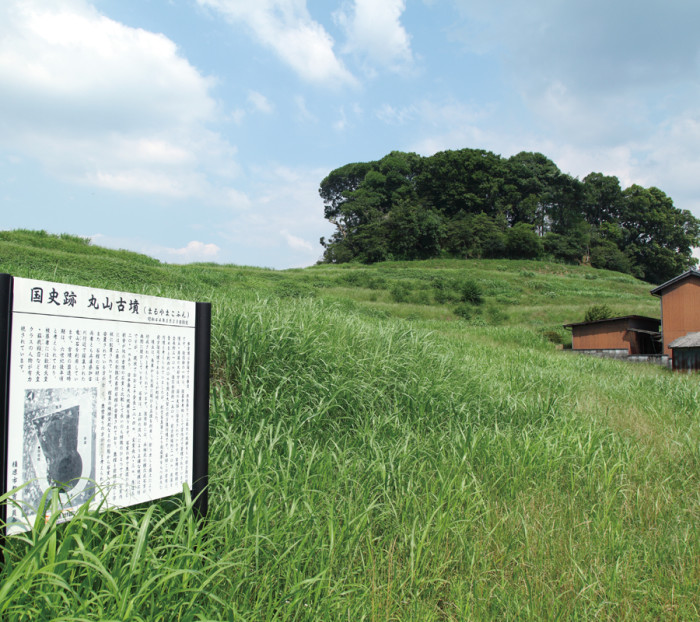
Maruyama Kofun Tumulus
This is believed to be one of the resting places of Empress Suiko’s parents, Emperor Kinmei and his consort, Kitashi-hime. The remains of Emperor Kinmei and Kitashi-hime are hypothesized to be in a mausoleum at one of two locations: either in the Maruyama Kofun tumulus in Kashihara or at the Kinmei Tenno-ryo in Asuka.
2 min.
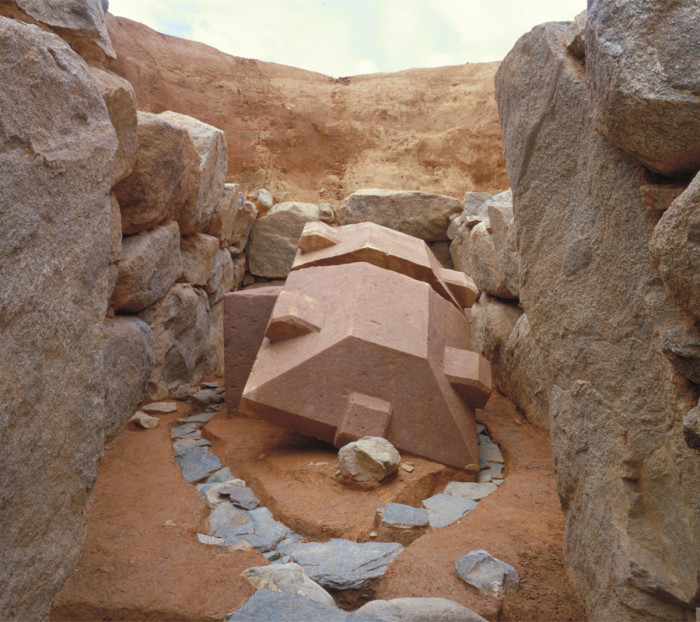
Ueyama Kofun Tumulus
The Ueyama tumulus contains two horizontal stone chambers lying side by side. This is believed to be where Empress Suiko was first buried, alongside her beloved son, Prince Takeda, who passed away at a young age.
2 min.

Mausoleum of Emperor Kinmei
(Kinmei Tenno-ryo)
This is believed to be one of the resting places of Empress Suiko’s parents, Emperor Kinmei and his consort, Kitashi-hime. The remains of Emperor Kinmei and Kitashi-hime are hypothesized to be in a mausoleum at one of two locations: either at the Kinmei Tenno-ryo in Asuka or in the Maruyama Kofun tumulus in Kashihara.
7 min.

Toyurano-miya Palace Site
On the precincts of Kogenji Temple, visitors can view the remains of Toyurano-miya—the palace where Empress Suiko was enthroned. Suiko herself is said to have walked over the weathered cobblestones that remain here, where pillars once stood. Visit this site, and you’ll get to experience history first-hand.
3 min.
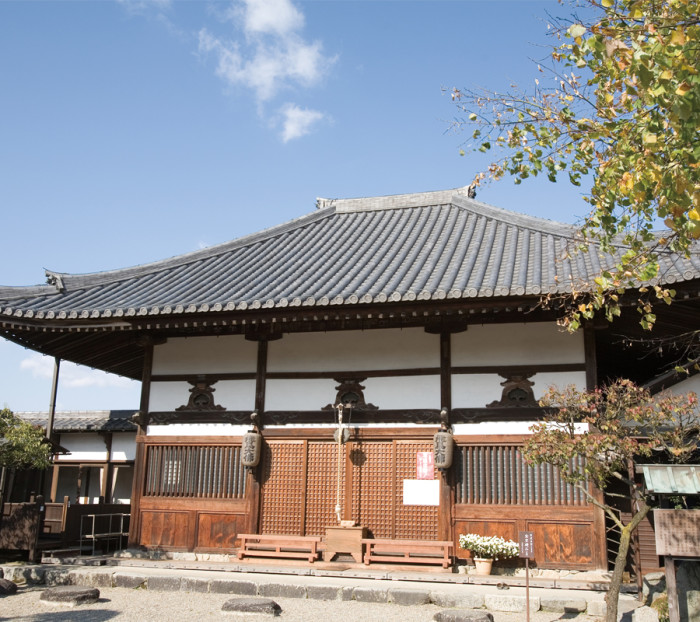
Asukadera Temple
Asukadera was Japan’s first full-scale temple. Come and pay your respects to the oldest Buddha statue in the country. Asukadera was built during Empress Suiko’s reign.
2 min.

Ikazuchino-oka Toho Archaeological Site
It is believed that Oharidano-miya Palace once stood on this site. This is where Empress Suiko administered state affairs and established the Twelve-Level Cap and Rank System and the Seventeen-Article Constitution.
2 min.
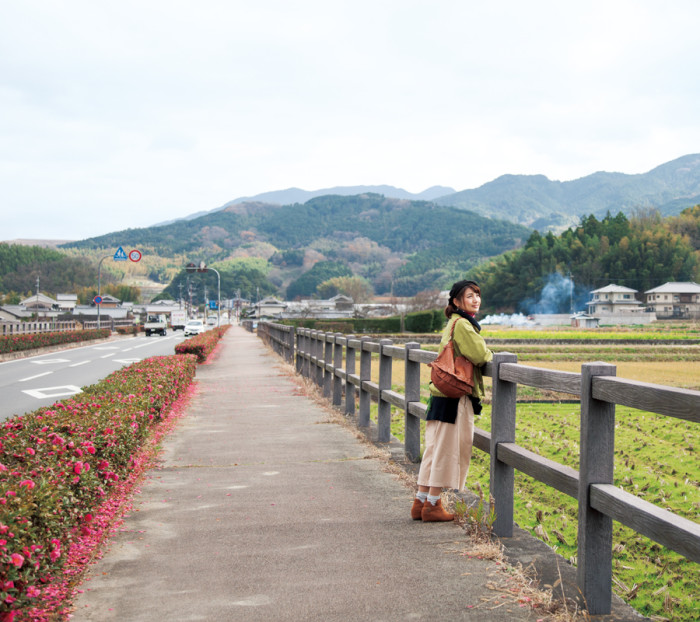
Yamada-michi Road
This ancient imperial road, which dates back to the Asuka Period, leads to the site of the imperial palace. Chinese envoy Pei Shiqing is believed to have traveled this road with Japanese diplomatic envoys to Sui China.
7 min.
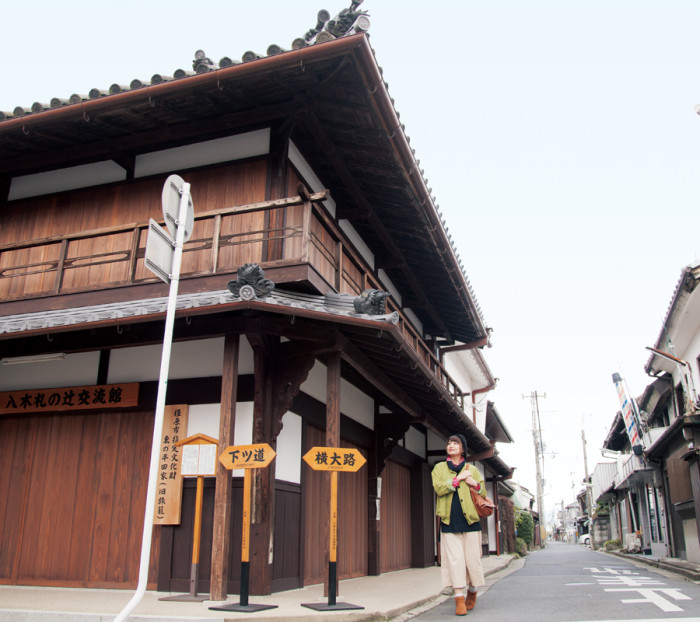
Yoko-oji Road
Yoko-oji was constructed as an imperial road to facilitate diplomatic relations with foreign states. The opening of this road served to connect the imperial capital of Asuka to Naniwa (present-day Osaka). Imai-cho, a district near Yoko-oji, retains the classical Japanese townscape. Try popping in to some of the unique cafes and shops.
7 min.
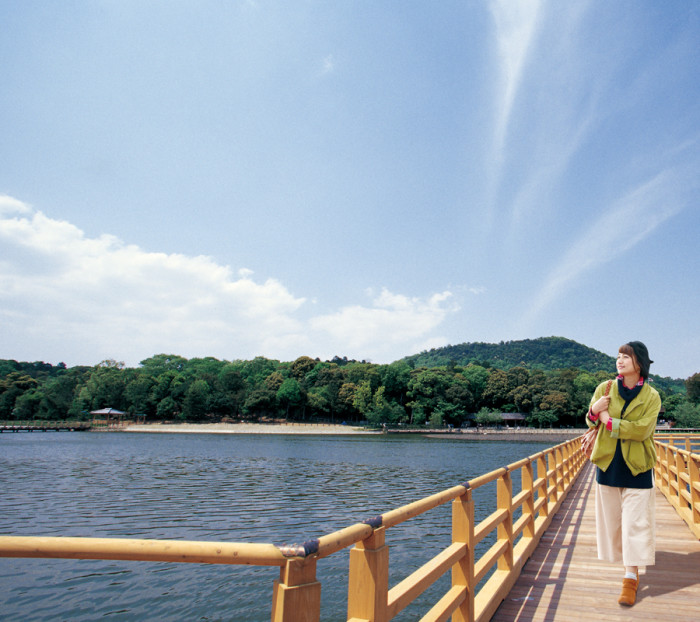
Fukada-ike Pond
This is believed to be the same pond that was once known as Unebi-ike—one of nine irrigation ponds commissioned by Empress Suiko in the Yamato and Kawachi areas.
5 min.
- Kashiharajingu-mae Sta.
